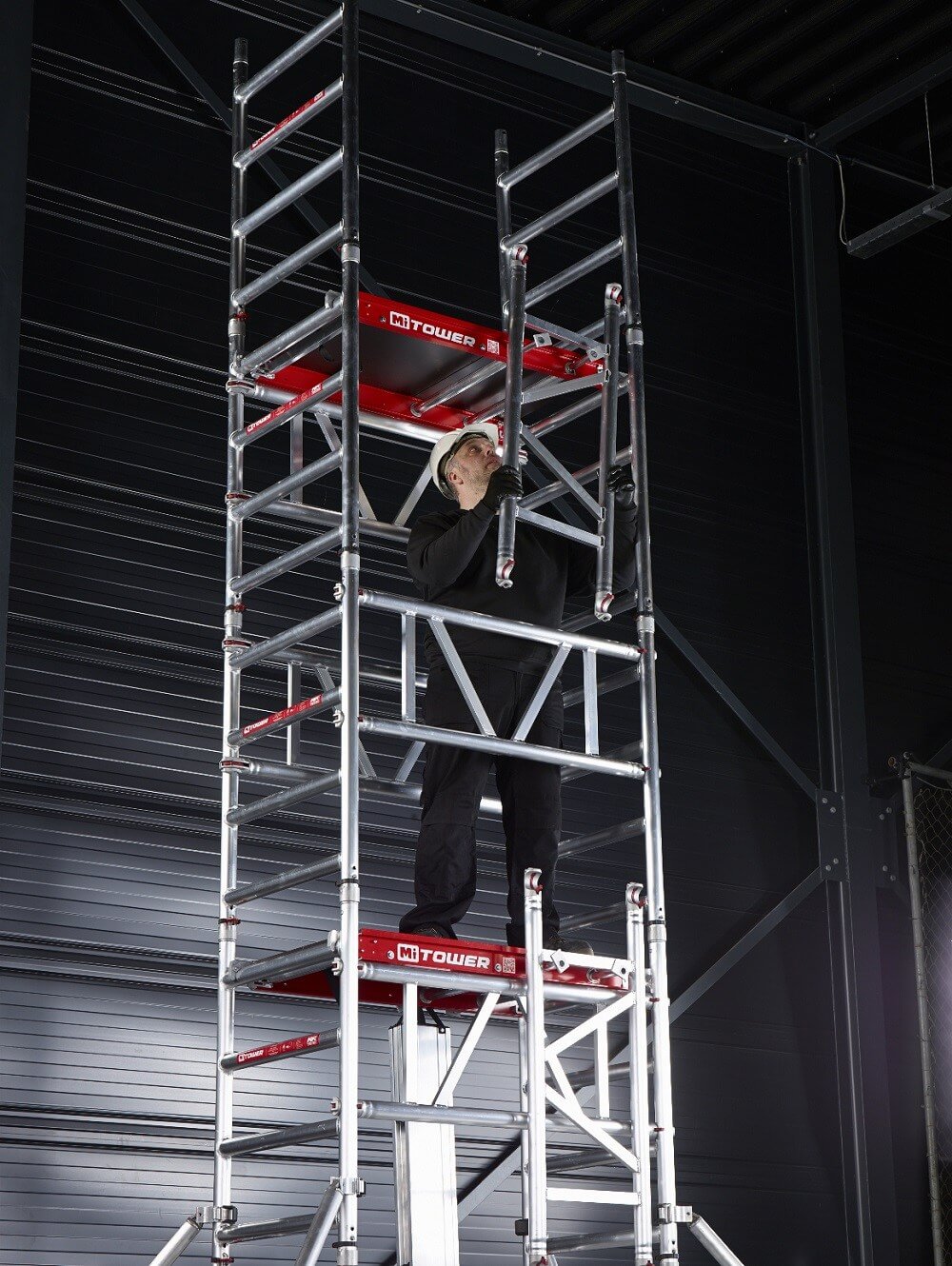How to Choose the Right Scaffolding
Get Inspired
Scaffolding brings two very important assets to a project: safety and convenience.
When you choose the correct scaffolding, you are protecting yourself and others from falls, as well as the consequences of dropped equipment. A fall of four metres could do considerable damage, and most scaffolds have features that prevent this from happening.
In addition, the convenience of having all your equipment and materials on a scaffold deck saves time and energy – no more climbing up and down ladders for power drills and hammers.
But choosing the right scaffolding requires some knowledge about what’s available. Here are examples of the most common types of scaffolding we offer at Kennards Hire.
Aluminium scaffolding
One of the most common materials for scaffolding is aluminium, which provides a strong and sturdy platform. It can be used for painting, plastering, plumbing, builders and ceiling installers.
Depending on the type of project you're undertaking, you will be able to find a type of aluminium scaffolding to suit. You can also choose a single width or double width scaffold, the double width being handy if there are more than a couple of people working at once or if the work surface is expansive. Check out our how-to guide on how to erect scaffold here.
Aluminium narrow scaffold (MiTower)
This narrow, tall and easy to erect scaffold is also known by its brand name, MiTower. Kennards Hire is the exclusive hirer of MiTower in Australia.
This scaffold is for working in tight spaces up to 3.9m standing height. It can be used on stairs and in lift wells. It's also easy for one person to put up and dismantle.
Assembly is easy, because unlike other scaffolds, MiTower’s braces come connected. On other types of scaffold, braces must be connected by hand. Here’s a video on how to assemble MiTower.
MiTower is also compact and easy to transport because it collapses to form its own trolley.
Features:
- Dimensions: 3.9m x 0.73m x 1.2m
- Can be assembled and dismantled by a single person
- Only 10 minutes to assemble a tower of 3.9 metres standing height
- Lightweight, easy to transport and store
KwikScaf scaffolding
Some tradespeople require scaffolding that can easily be moved from one site to the next, which is where KwikScaf comes in useful. Not only can it be flat-packed, it’s easily put into place by a single person.
Although limited to 1.2 metres in height, it’s ideal for cleaning, plastering or painting, making it one of the most versatile scaffolds around. When not performing its usual function, KwikScaf can be used as a work bench or transport trolley. Bear in mind though, this scaffold is only available in Australia.
Fibreglass scaffolding
Not all scaffolding is made of metal – there are also fibreglass scaffolds, only available in Australia. If you’re working with or near electricity sources, fibreglass is non-conductive and therefore safer to use.
Another big advantage of fibreglass is that it is very lightweight and transportable. It can be shifted on the back of a trailer or small truck, and needs less strength to carry and assemble.
Whatever type of scaffold you choose, you are increasing the safety and the ease with which you work.
Whether it’s the strength of aluminium, the electrical safety of fibreglass, the speedy assembly of the MiTower or the simplicity of the KwikScaf, there’s a scaffold just right for your next project.
Talk to your local branch for more information.

